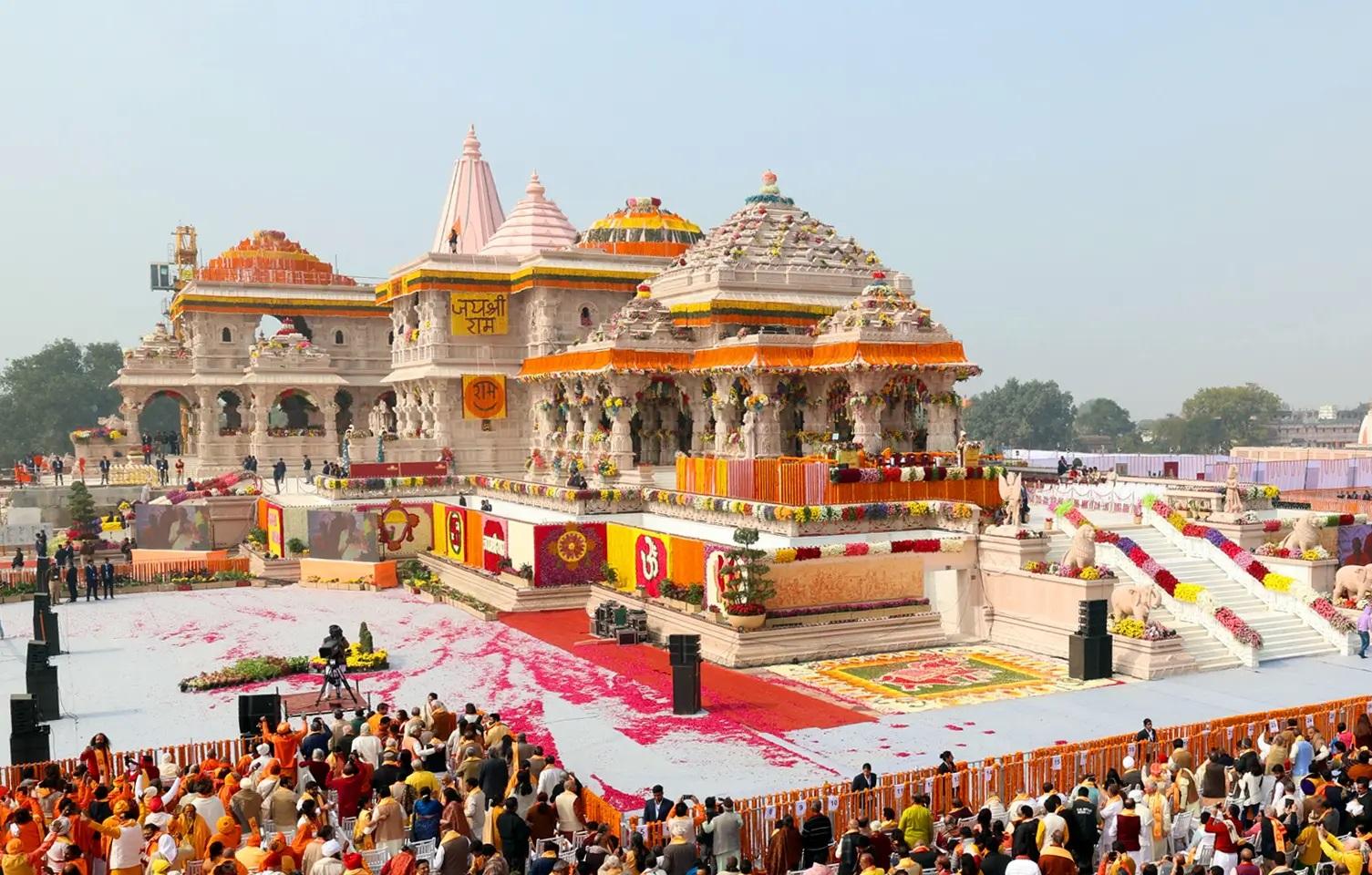
A traveller’s guide to Ayodhya
The significance of Ayodhya lies in its historical role as the capital of the mighty Ikshavaku Dynasty,
The significance of Ayodhya lies in its historical role as the capital of the mighty Ikshavaku Dynasty, to which Lord Ram, the revered hero of the Ramayana, belonged. Hindu religious scriptures delineate recorded history into distinct yugas or epochs—Satya Yuga, Treta Yuga, Dwapara Yuga, and Kali Yuga—with the Ramayana chronicling events in the Treta Yuga, the second epoch.The Treta Yuga gave way to the Dwapara Yuga, during which the epochal events of the Mahabharata unfolded. According to Hindu beliefs, we currently live in the Kali Yuga.
King Ikshavaku, identified as 'son of the first human Manu,' laid the foundation of the Solar or Suryavanshi Dynasty, ruling over the Kosala mahajanapada, with Ayodhya as its majestic capital. It was within the hallowed precincts of Ayodhya that King Dashrath and his consort Kaushalya were blessed with Lord Ram. Driven into exile by his stepmother, Kaikayi, Lord Ram emerged triumphant over the formidable King of Lanka, Ravana, ultimately returning to Ayodhya to ascend the throne.
The descendants of Lord Ram continued the dynasty's legacy, ruling over Ayodhya for centuries. However, the passage of time witnessed the gradual abandonment of Ayodhya, and the once-thriving city faded into insignificance.